Camping Food Storage Ideas: Food Safety & Handling Tips
Your camping safety is probably a top concern, including avoiding foodborne illness. These camping food storage ideas and handling tips will help keep you safe and healthy during your outdoor adventures.
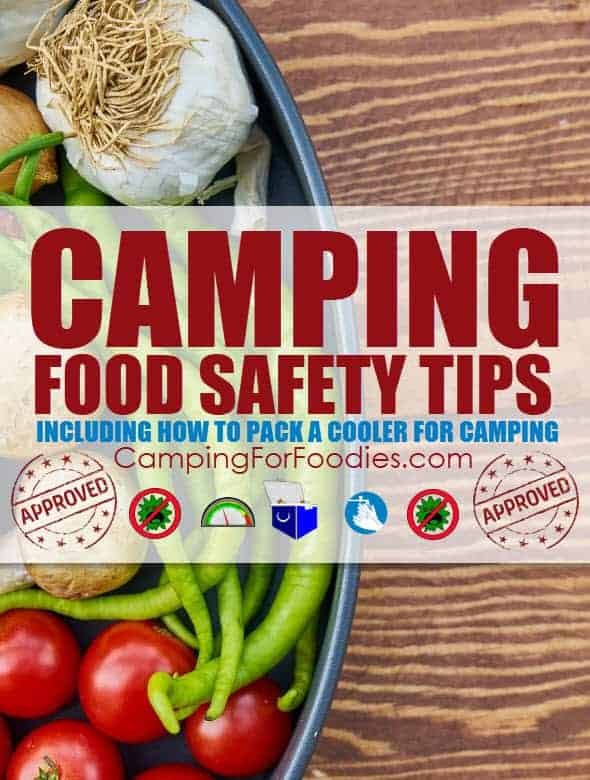
Psst we’re compensated…see our disclosures.
Camping Food Safety Techniques
When most people think about personal safety while camping, they think about protection from man and beast, but, there are many more risks you should be prepared against. The dreaded food poisoning is one of them!
Cooking your camping food to the proper hot temperature is easy but storing it in the safe cold temperature zone can be a little more challenging. People ask me, “What is the best way to keep food cold while camping?” My answer: It depends!
Food Storage Questions
The two biggest factors in keeping your food at the proper temperature while camping include the type of camping you do and the equipment you use.
How you safely store food while camping depends on how you answer the following questions:
- Are you car camping using a cooler or RVing with a reliable fridge and freezer?
- Are you using an electrically powered cooler or refrigerator? If so, what electricity access is available at your campsite?
- Will you be using an ice-cooled cooler as your primary cold storage equipment? Will you have easy access to purchase additional ice during your trip?
- How many people are you feeding? How much temperature-sensitive food do you need to store?
- Are you responsible for packing and storing all of the food and beverages for your camping trip or will other campers be helping you? Who has equipment for cold food storage?
- How long is your trip?
- What is the expected ambient temperature at your camping location?
- Is your campsite in full sun or in shade?
How To Maintain Cold Food At Safe Temperatures
- Pre-chill coolers, refrigerators and freezers.
- Pack pre-chilled food supplies.
- Remove perishable foods from packaging and place in zip lock bags or clear plastic containers.
- Do food prep at home and freeze items to be eaten later in your trip.
- Use reusable ice packs that stay frozen for a longer time as opposed to ice cubes.
- Freeze individual water bottles and place in cooler, they act like ice to keep the temperature of the cooler down but don’t leak. You can drink them as the bottles defrost.
- Pack food in one cooler and drinks in another cooler. Store them away from heat sources like sunny areas, near buildings/vehicles radiating heat and the open flame of campfires.
- Organize contents so popular items are within easy reach, quickly close the cooler or refrigerator.
- Keep your cooler full to avoid pockets of hot air, combine the contents of two coolers into one as they get empty.
- Don’t use big bottles of juice that take up a lot of space, do use individual juice boxes that don’t have to be refrigerated.
- Look for a non-cooled storage area for food items that don’t necessarily have to be refrigerated. A cool dry place is a great option for storing heartier uncut fresh fruits and vegetables.
Check out all 20 Tips: How To Keep Food Cold While Camping In The Wilderness.
In addition to food, you need to know how to keep drinks cold when camping. Milk and juice are more temperature sensitive, but, you also want to have nice cold water, soda and if you drink it, beer and cocktails.
We’ve got easy tips to show you how to pack a cooler to keep your food and family safe and be efficient with your cold storage space too!
Essential Items For Cold Storage Monitoring
It is important to monitor the temperature inside your coolers and refrigerators, and, keep them in a safe temperature zone throughout your trip.
Thermometers Check Refrigerator And Freezer Temperatures
Use a thermometer to periodically check the temperature to ensure a safe cold-holding temperature is being maintained no matter what type of equipment you are using for cold food storage.
- It should be at or below 40° F (4° C) for refrigerated foods.
- It should be at or below 0° F (-18° C) for frozen foods.
We believe good thermometers are camping essentials. We recommend them in our list of RV kitchen accessories, they are just as important for tent camping kitchens too.
Fans Circulate Air In RV Refrigerators
If you are camping in an RV and have a reliable refrigerator/freezer … you are golden, just keep the air flowing with a fan, and, keep the food separated to allow the air to flow around it.
Make sure you have access to ample power at your campsite (electricity and/or camping propane) to run your refrigerator for the length of your trip.
Get more RV tips and hacks to make your camping trips fun and hassle-free!
Camping Storage Ideas For Non-Refrigerated Foods
- Use as many organization hacks as possible to make your camp kitchen highly functional. Store similar items together so you can easily find them.
- I like storing paper towels, paper plates and toilet paper together because they are bulky and need to stay dry. We load a large plastic storage box with all of the paper products and secure the lid to keep everything clean and dry. Once we get to camp, we take the paper products out of the box which then becomes our dirty laundry basket for our trip home.
- It’s a good idea to use small clear bins to hold smaller items that don’t take up much space and can easily get lost in the bottom of large storage bins or in the back of a drawer.
- I do this for spices in jars and small individual sized bags of snacks like chips, jerky and trail mix.
- Place liquid ingredients, like syrup, in sealed leak-proof containers.
- I always use sealable plastic bags to store my bottles of oil because no matter how well the oil container is sealed (and stored in an upright position) it always seem to make a mess. I also place a paper towel in the bottom of the bag to soak up any oil that may be escaping the bottle.
- Protect dry foods from moisture and insects, especially if the packaging doesn’t have tight-fitting lids. Ziploc bags are a perfect camping storage solution because the bag fits the contents.
- This is a great thing to use for items like oatmeal and cereal when you don’t want to carry a big box. When you get home from the grocery store just pre-measure the amount you need for your trip and leave the rest of the bulky package at home.
- Use meal prep boxes from the dollar store to carry lunch in your backpack for a day hike.
- Keep your peanut butter sandwich from getting smashed in the bottom of your pack.
- I don’t recommend the plastic squeeze tubes you can fill with condiments. They are convenient but almost impossible to clean.
- Who wants jelly in their ranch salad dressing? I do recommend using small food storage containers with tight fitting lids.
- One of my favorite camping hacks is to use a shoe organizer as an outdoor kitchen cabinet that can be hung from a tree branch for easy accessibility. The small pockets are the perfect size to hold non-refrigerated packaged food.
- Grab and go snacks like individual bags chips, dried fruit, energy bars, cup of noodles, oranges, bananas, apples, carrots and cherry tomatoes.
- Beyond food, a hanging shoe rack is also good near your camp stove. The pockets can hold kitchen utensils for cooking and serving meals. It’s a great way to keep your picnic table free of the clutter from kitchen items.
Unfortunately, it is easy to inappropriately handle food if you don’t have the proper camping gear because you forgot to pack something. Use our checklist for camping, Ultimate RV And Tent Camping Checklist to help ensure you pack everything you need for your next trip!
Food Storage In Bear Country
- Keeping wild bears wild is the goal while on your camping adventure. You don’t ever want to, intentionally or unintentionally, feed bears.
- Most national parks and private campgrounds that are located in areas with wild bears usually have bear boxes at each campsite, use them.
- When not eating, keep your food in your locker with the latched closed.
- When eating food, keep it within arm’s reach. Don’t have it spread around your campsite.
- Don’t store human food in your car or tent. If your site doesn’t have a bear box you should store it in bear-proof odor-proof bear canisters or a bear bag.
- Scents from food waste attract all sorts of wildlife, place it in a trash bag, remove it from your campsite and throw it in the campground’s designated trash dumpsters.
Get all of our important safety tips while camping in bear country including:
- Identifying Signs You Are Camping In Bear Country
- Understanding Bear Behaviors
- Tips To Bear-Proof Your Campsite And Camp Activities
- How To Survive A Bear Encounter
- Carry Camping Bear Protection Products
- Regulations And Fines In Bear Country
Washing Hands And Utensils
Food safety is not solely about keeping hot food hot, and, cold foods cold. Food can get contaminated by dirty hands, surfaces and cooking gear. Make sure you have access to soap, water, bleach wipes and hand sanitizer to keep the cooking environment germ-free.
For whatever reason, it is NOT easy to get kids to wash their hands, especially on camping trips! Check out these camping safety tips for families for helpful ideas to keep the entire family safe on hikes, around camp and near water (don’t forget to pack life jackets for fishing and boating activities).
Cooking And Hot Holding
Remember at the beginning of this post I mentioned that cooking food to the proper hot temperature is easy?
Well, the only way to know your food is hot enough is to use a thermometer which, personally speaking, I am super happy my husband finally embraced when he is doing the grilling because I hated eating over-charred food that he wanted to “leave on just a little longer to be sure it is really done” if you know what I mean! LOL
Food Probes Check Temperature Of Cooked Food
Instant Read Thermometer Super Fast Digital Electronic Food Thermometer
It is also important to check the temperature of your cooked foods if you are not sitting down to eat as soon as the food is done cooking. This might happen if the camp cook has meal timing issues. Ha Ha!!!
Signs Of Food Poisoning
If you have practiced safe camping food storage and handling techniques, everyone should be fine.
If your food has not been handled properly and has become contaminated, you may experience food poisoning.
Typical symptoms include nausea, vomiting, fever, watery or bloody diarrhea, abdominal pain and cramps.
If someone gets sick (for any reason), the American Red Cross has a fantastic app that gives you simple step-by-step advice about how to administer first aid in all kinds of emergency situations. Its information is pre-loaded so you don’t need cell coverage to use it. It is one of the best camping apps available for iOS and Android … and it is FREE!
Food To Pack For Camping
One of the easiest ways to keep food cool while camping is to start with frozen food that can safely defrost in a cooler or refrigerator.
Many of our make ahead camping meals are prepped at home then frozen in a gallon freezer bag … when you are ready to cook or reheat them, you just defrost then “dump and cook” or “dump and reheat” your meal.
FREE Printable Camping Menu Planner
Meal Planning
Use my camping menu planner to stay organized when planning meals for your next trip. It’s FREE and you’ll get it delivered instantly to your inbox!
Keep Your Food Safe To Make These Camp Meals
If you’re looking for awesome ideas for yummy camping food, you’re in the right place! Here’s our entire camping recipes list.
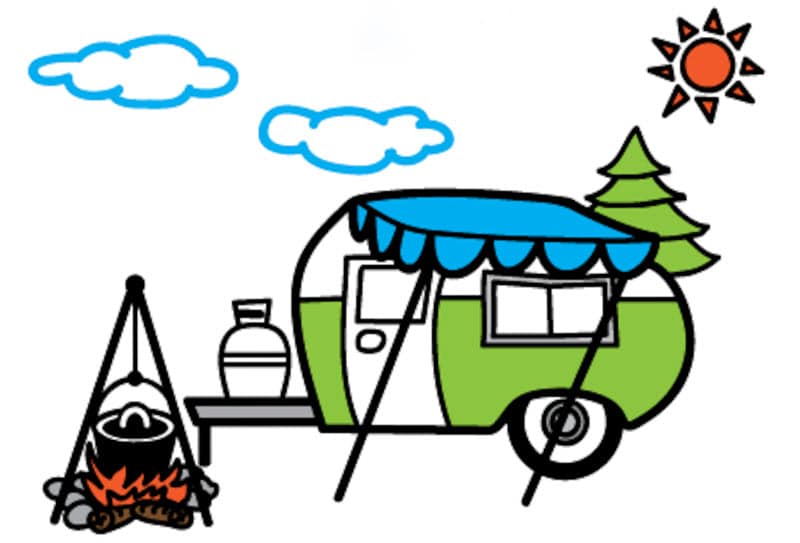


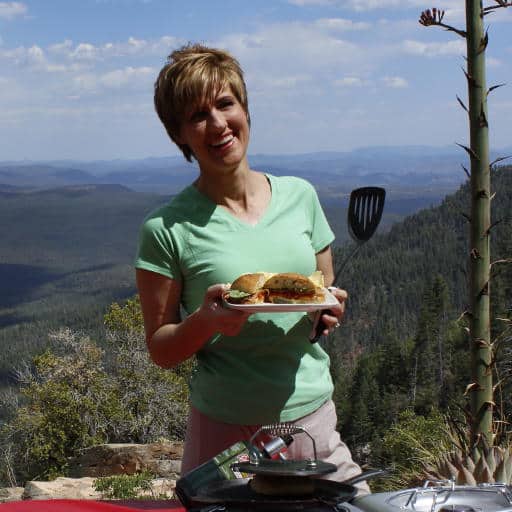
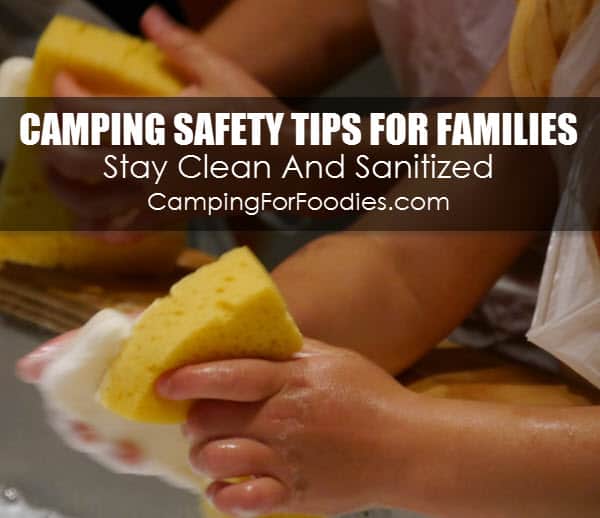

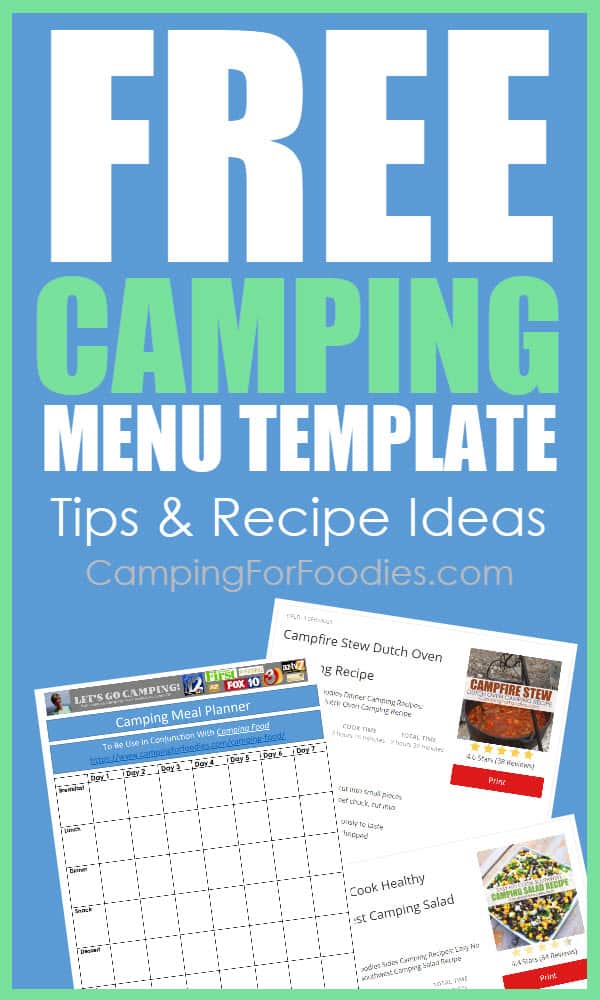
What do you think?
Leave me a comment, question or suggestion below. I’d love to hear from you so let’s chat.